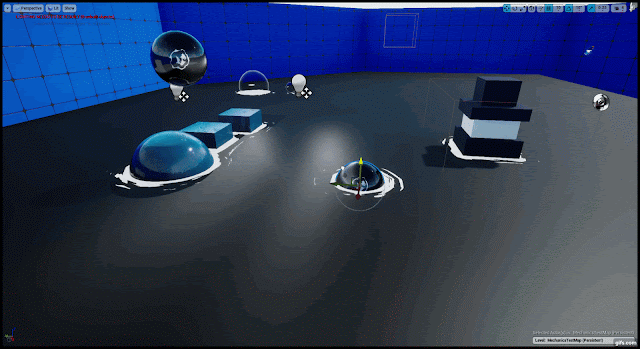Camera/Object Fade

Object fades based on camera position This is a bit of a side-experiment i wanted to do. I found a Twitter post by Tom Looman where he made a character fade: Quick character fade test using Dithered Opacity Mask in @UnrealEngine 4.11 (with TemporalAA enabled) pic.twitter.com/XJ73XfPGiq — Tom Looman (@t_looman) April 17, 2016 I wanted to try figuring how to fade object while ensuring it keeps its lighting properties, like the way he made. From what I can gather from his tweet the material he used was masked which makes sense as it keeps all the lighting information. Also translucent would just look weird. He enabled Dithered Opacity Mask and Temporal AA along with some material Maths: @Scourged_Wolf @UnrealEngine Dither effect is just a checkbox (in 4.11) and material FX blends alpha, cam pos vs obj pos distance — Tom Looman (@t_looman) April 20, 2016 Here is the material setup: Material Setup using Tom Looman's approach. I divided it by the object ra...

